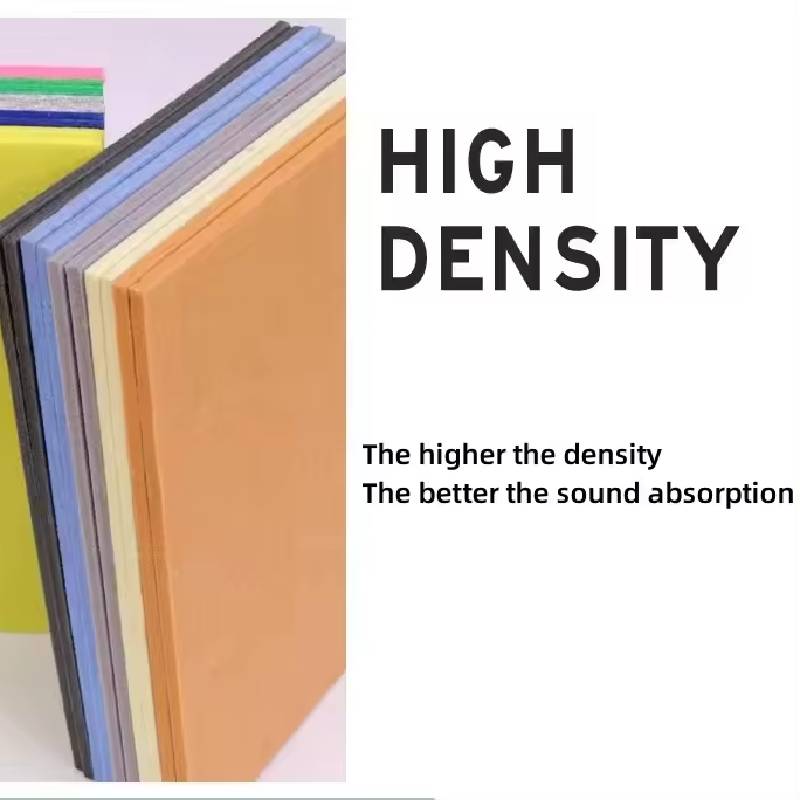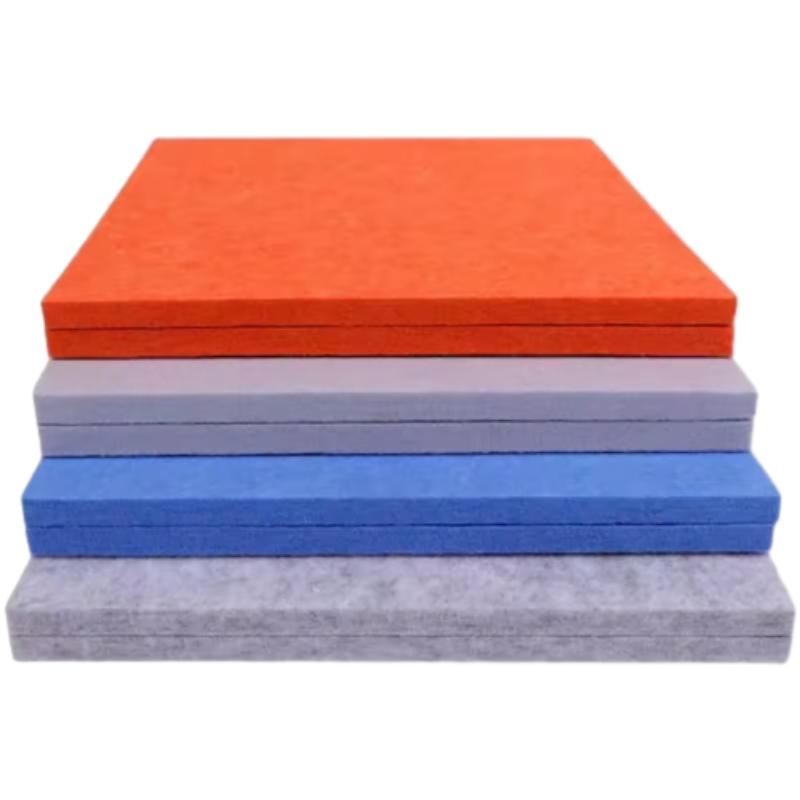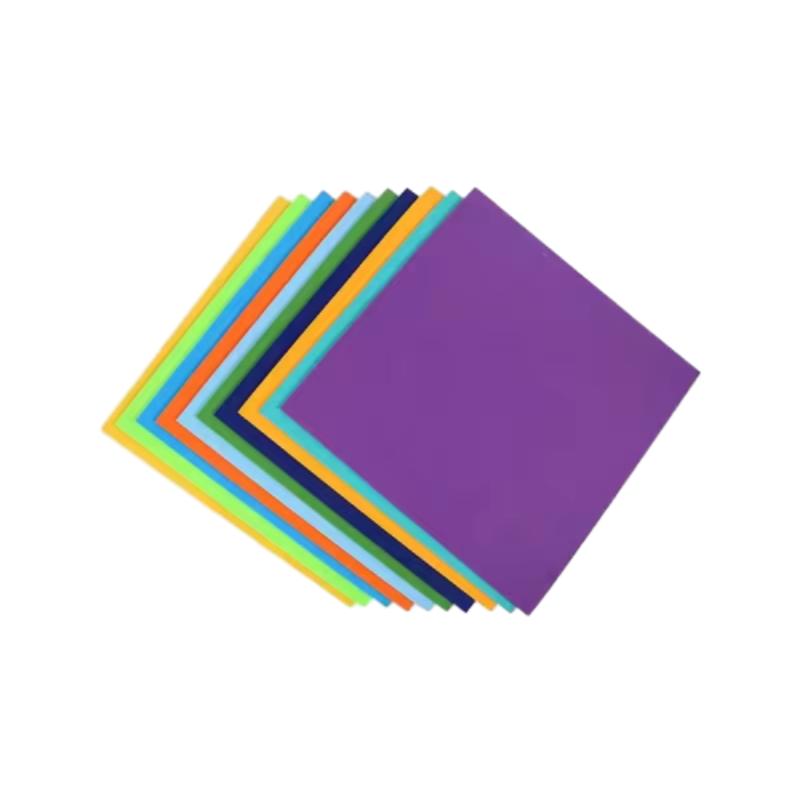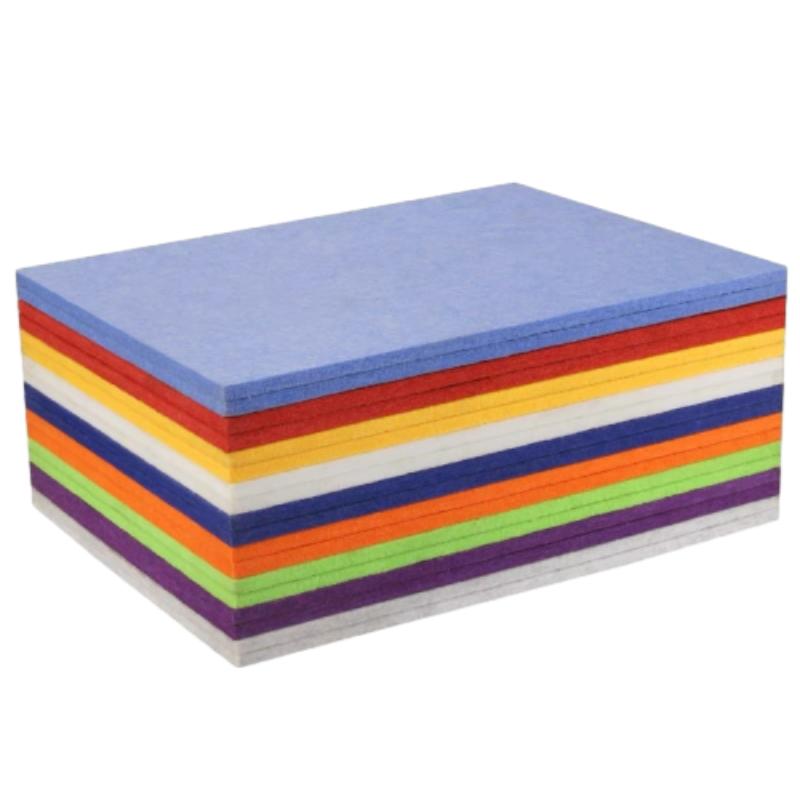Official website: https://www.ytakupanel.com
Phone: +86 17733932681 | Email: angela@hebeiyiteng.com
Mobile: +86 17733932681
Address: 1925aa, Shangdongcheng Shangdong Apartment, No. 10, Zhaiying North St. Shijiazhuang Hebei China
Introduction: Modern Standards for Acoustic Fiberglass Panels
In the era of green architecture and increasingly strict acoustic requirements, acoustic fiberglass panels have become a cornerstone technology for building sound insulation and environmental noise management. As an acoustic panel company with international outreach, Hebei Yiteng Import And Export Trade Co., Ltd. delivers innovative and reliable solutions for architects, engineers, and contractors seeking superior acoustic fiberglass panels and fiberglass sound insulation products. This comprehensive guide delves into market trends, technical parameters, applications, and authoritative insights to empower your project decisions.
About Our Featured Product: Highly Effective Sound Absorption Panel China Soundproofing Board For Building
Product Overview: Engineered for high performance, our Highly Effective Sound Absorption Panel China Soundproofing Board For Building is crafted with precision by our expert team at Hebei Yiteng Import And Export Trade Co., Ltd..
- Size Options: 60×120cm, 80×120cm, 120×120cm, 120×240cm
- Thickness: 9mm / 12mm / 15mm
- Material: Felt (polyester/acoustic fiber composite)
- Color: Blue, green, red, orange, customizable
- Brand Name: YT, Model Number: YT-B06
- Packing: opp bag + carton or inner box + carton or per custom order
- Logo: Woven label, PU leather, printing, heat-transfer, embroidery, etc.
- Place of Origin: China
- Product URL: Click to View Product




Industry Trends: The Rise of Acoustic Fiberglass Panels
According to leading industry journals such as Renewable & Sustainable Energy Reviews and forums like Acoustics Today, demand for fiberglass sound insulation and acoustic fiberglass panels is rapidly increasing, driven by several key factors:
- Global trend towards sustainable, eco-friendly building materials.
- Urbanization and rising awareness of indoor acoustics for occupant wellbeing.
- Stricter noise control standards in building codes.
- Mature manufacturing leading to improved technical parameters and cost efficiencies.
As a result, the acoustic panel company sector—particularly those specializing in fiberglass—has diversified their offerings for commercial, educational, industrial, residential, and entertainment applications. Cutting-edge R&D continues to produce lighter, more effective sound absorption solutions with creative finishes and customizable esthetics.
Technical Parameters Table: Acoustic Fiberglass Panels At a Glance
| Parameter | Typical Value | Industry Range | Relevance |
|---|---|---|---|
| Density | 80-120 kg/m³ | 60-150 kg/m³ | Sound absorption, rigid structure |
| NRC (Noise Reduction Coefficient) | 0.80–1.10 | 0.70–1.15 | Higher value = better absorption |
| Thermal Conductivity | 0.032–0.040 W/mK | 0.030–0.045 W/mK | Thermal insulation |
| Fire Rating | Class A | Class A–C | Non-combustible, safety |
| Thickness | 9mm / 12mm / 15mm | 6–50mm | Frequency absorption band |
| Surface Finish | Felt / Fabric / Custom | Paint, PU, textile, metal | Esthetic, durability, cleanability |
| Custom Colors | Available | Limited–Extensive | Design flexibility |
Data source: Acoustics Today Magazine, ACS Omega (2023)
Technical Performance Trends (Acoustic Fiberglass Panels, 2019–2024)
Product Technical Specifications: Comparison and Visualization
Thickness Distribution (Pie Chart)
Market Applications by Sector
Application Scenarios for Acoustic Fiberglass Panels
- Corporate Offices: Reduce echo and improve speech privacy with decorative panels on walls and ceilings.
- Education Facilities: Enhance classroom, lecture hall, and library acoustics, boosting intelligibility and focus.
- Theaters & Auditoriums: Balance sound distribution for music, speech, and multimedia events.
- Recording Studios: Achieve demanding soundproofing and absorption to ISO/EN standards.
- Industrial Spaces: Control industrial machine noise and improve worker comfort.
- Residential Buildings: Home theaters, bedrooms, multi-family apartments benefit from fiberglass sound insulation for comfort and privacy.
- Healthcare: Reduce stress and acoustic fatigue in hospitals, clinics, and care homes.
Why Choose Hebei Yiteng Import And Export Trade Co., Ltd. as Your Acoustic Panel Company?
- International Recognition: Exporting to 30+ countries, serving top-tier construction projects worldwide.
- Authoritative R&D: Products tested to ASTM and ISO standards for sound absorption/fire performance.
- Expert Technical Support: Team of seasoned engineers offers custom consulting, project simulation, and installation support.
- Comprehensive Range: From classic white to customer-specific colorways and logos, we empower the designer’s vision.
- Sustainability: Eco-friendly, recycled raw materials available upon request.
Expert FAQ: Acoustic Fiberglass Panels Technical Q&A
EEAT Optimization: Authority and Trust in Acoustic Fiberglass Panels
- Expertise: Products engineered and tested by senior acoustic engineers, referenced in IntechOpen - Acoustic Panel Materials.
- Authoritativeness: Adopted by national research institutions and recommended by Acoustical Society of America.
- Trustworthiness: Enterprise information is transparent with verifiable production, export, and after-sales records.
- Industry Endorsement: Positive orders and project showcases on major acoustic forums such as Gearspace Panels Section.
Summary & Contact
As the acoustic environment continues to grow in importance for modern construction, acoustic fiberglass panels stand at the forefront of sound absorption, safety, and design flexibility. Hebei Yiteng Import And Export Trade Co., Ltd. is proud to deliver advanced, customizable, and certified panels to clients globally—backed by engineering authority, research, and a track record of project success.
For comprehensive technical sheets, samples, project references, or tailored consultation, connect with our experts via:
- Email: angela@hebeiyiteng.com
- Phone / Mobile: +86 17733932681
- Website: acoustic fiberglass panels - View Product Details
- Address: 1925aa, Shangdongcheng Shangdong Apartment, No. 10, Zhaiying North St. Shijiazhuang, Hebei, China
[1] Acoustic panel material research: IntechOpen | [2] Fiberglass panel effectiveness study: JASA | [3] Market trends discussion: Acoustics Today Forum | [4] Technical datasheets: ASTM International | [5] End-user reviews: Gearspace Forum
-
Visual Appeal and Acoustic Function of Polyester Hexagon PanelsNewsJul.18,2025
-
Textural and Color Options in Decorative Sound Reduction PanelsNewsJul.18,2025
-
How Building Acoustic Panels Improve Indoor Acoustics in Modern StructuresNewsJul.18,2025
-
How Acoustic Felt Rolls Simplify Installation in Large-Scale SpacesNewsJul.18,2025
-
Choosing the Right Pet Snuffle Mat for Anxiety ReliefNewsJul.18,2025
-
Acoustic Art Panels Merging Sound Control with Visual CreativityNewsJul.18,2025
